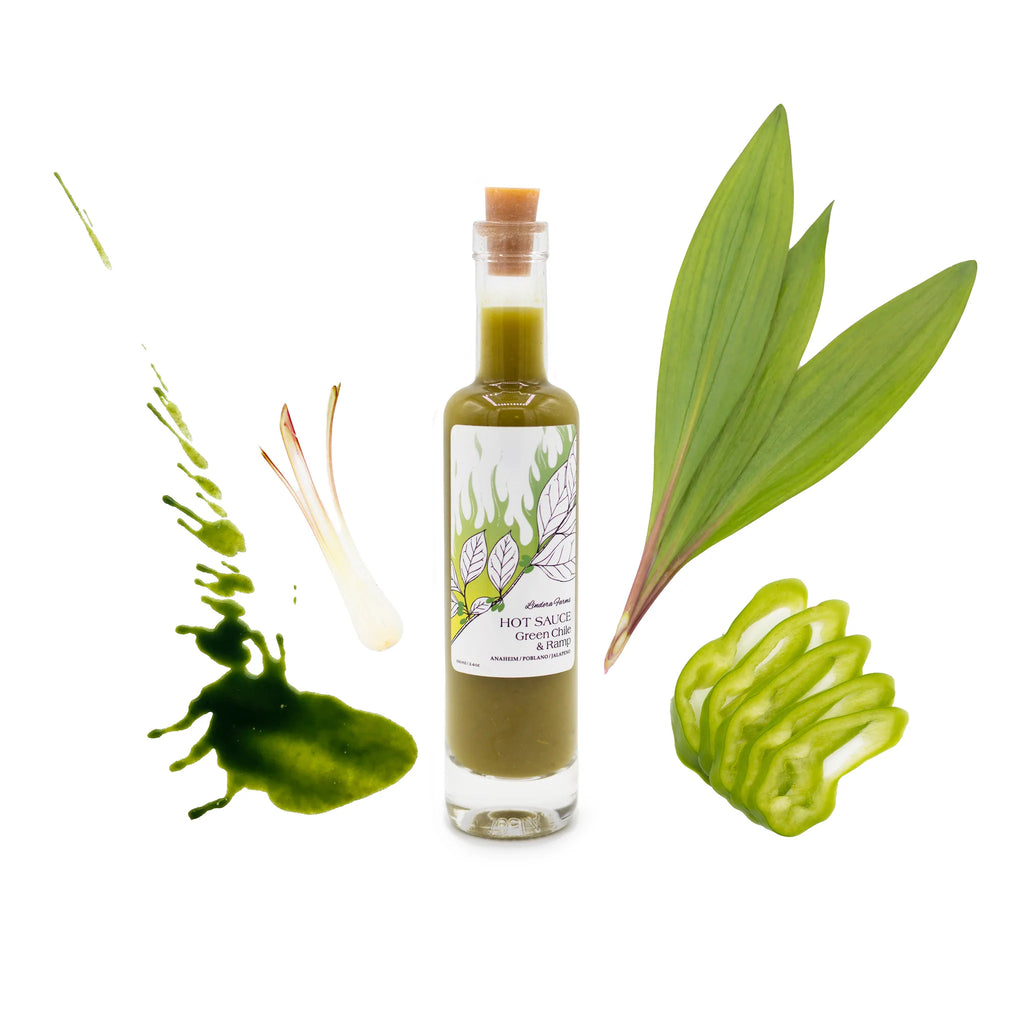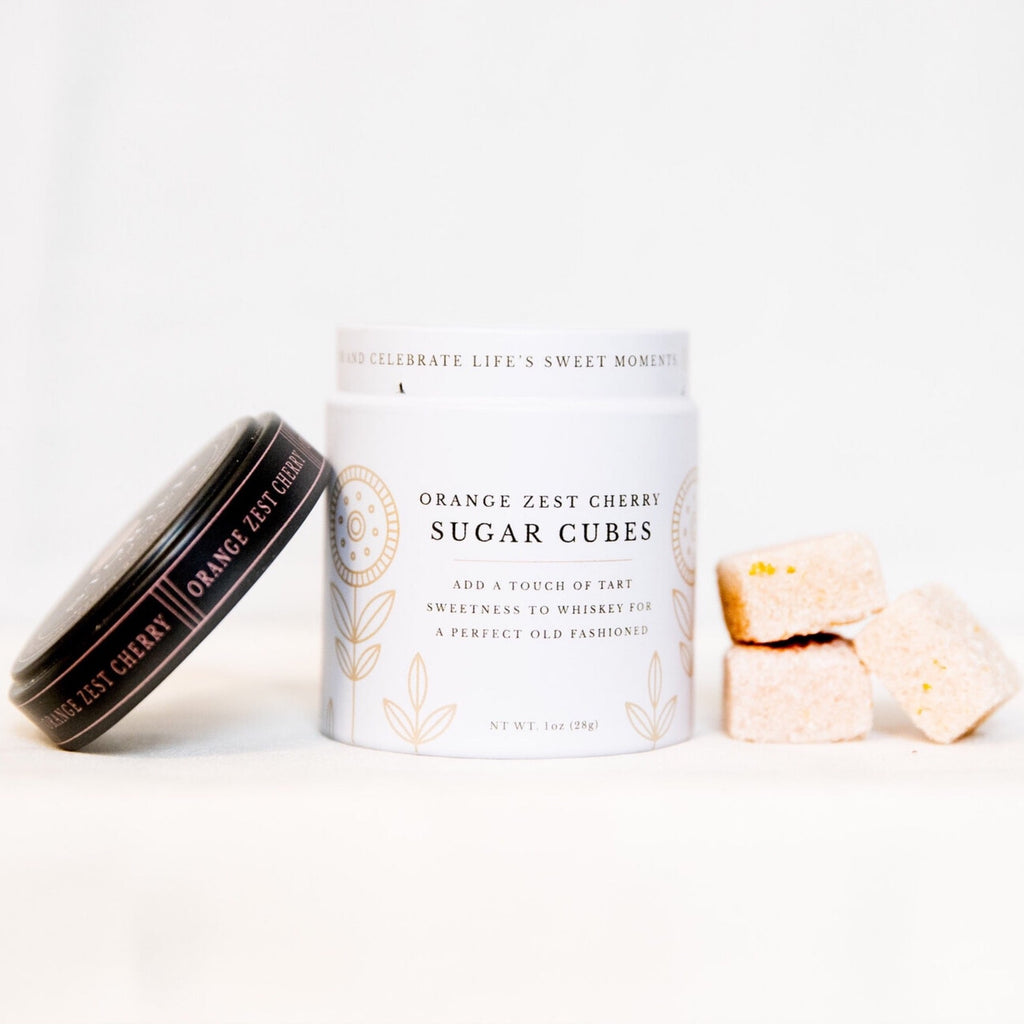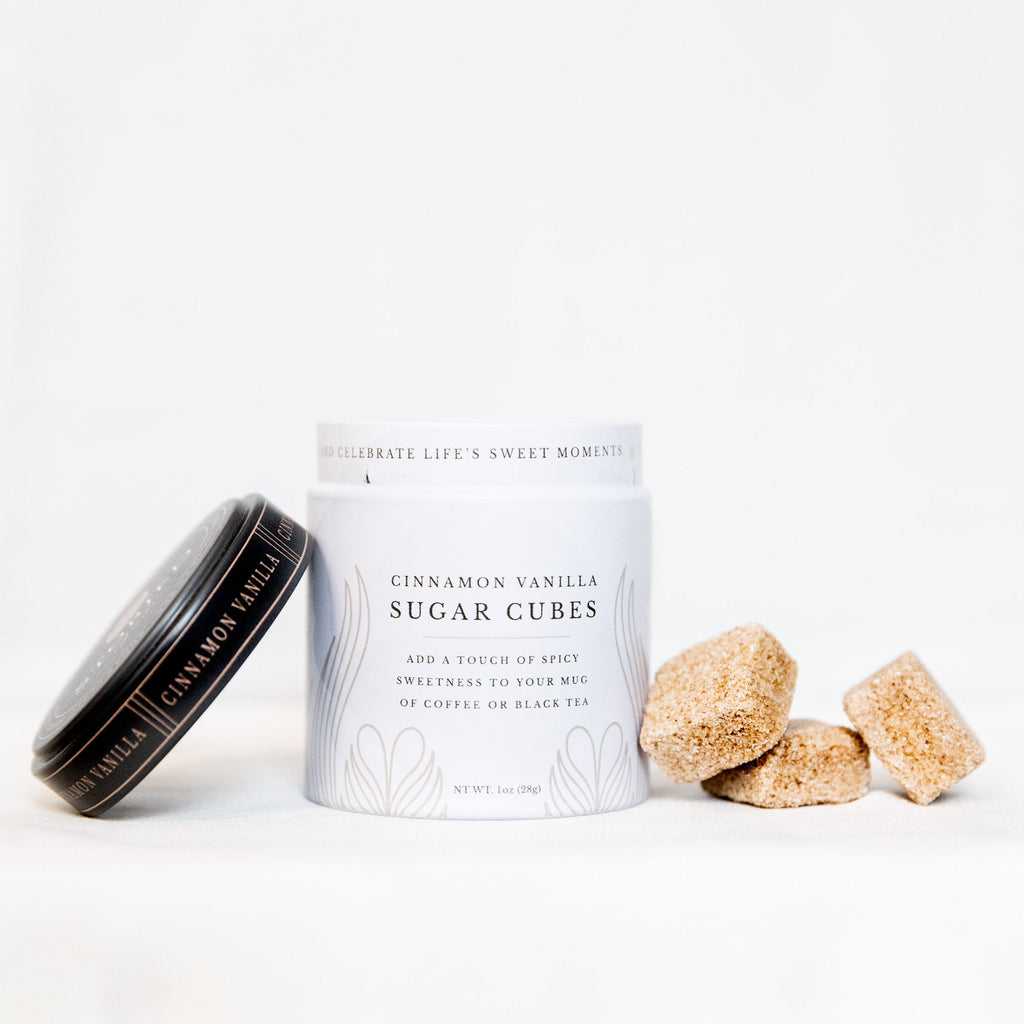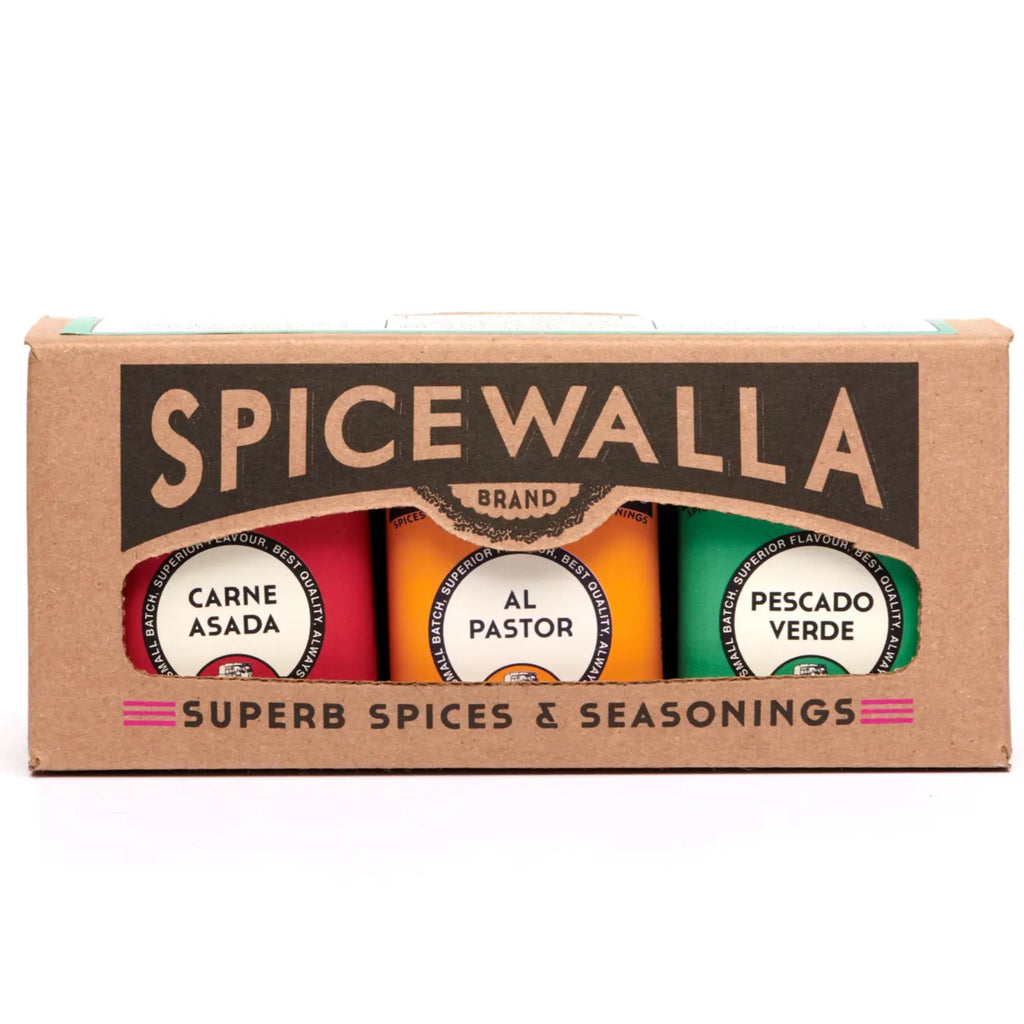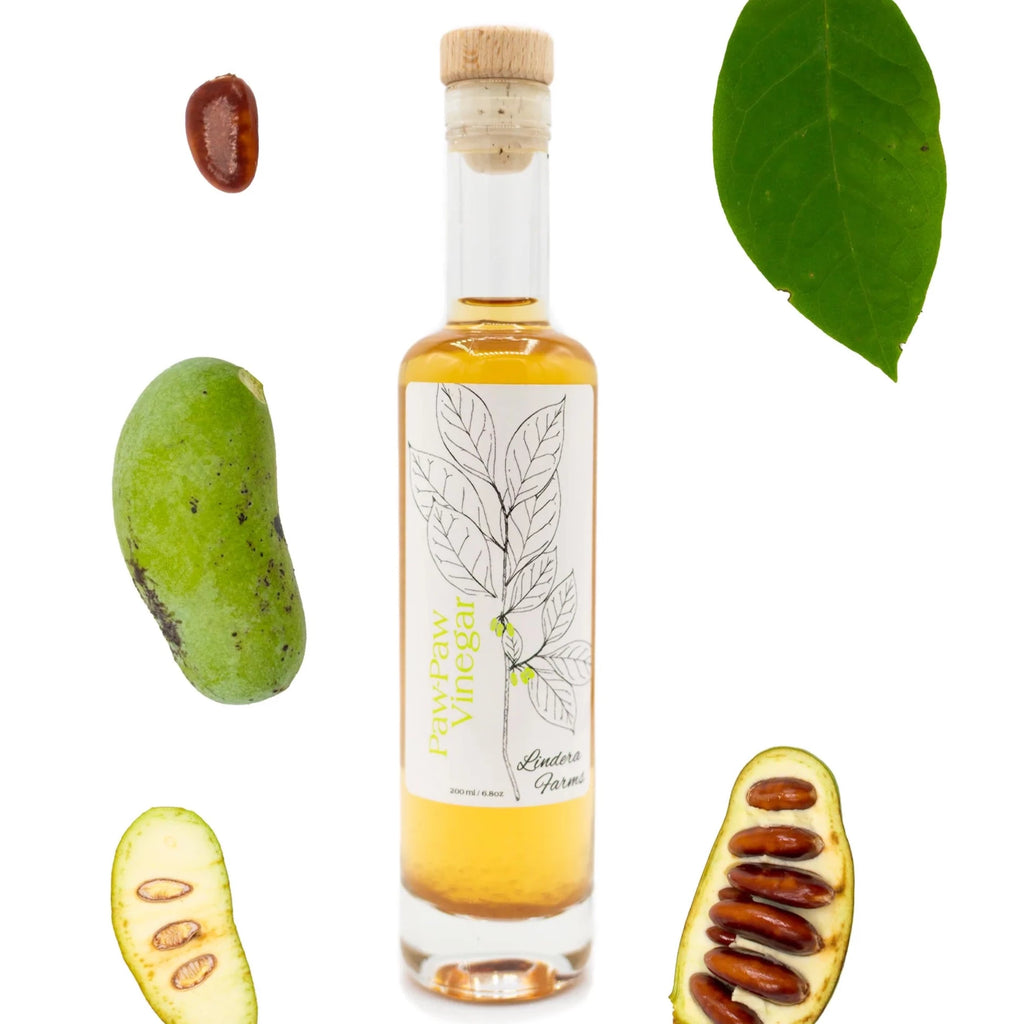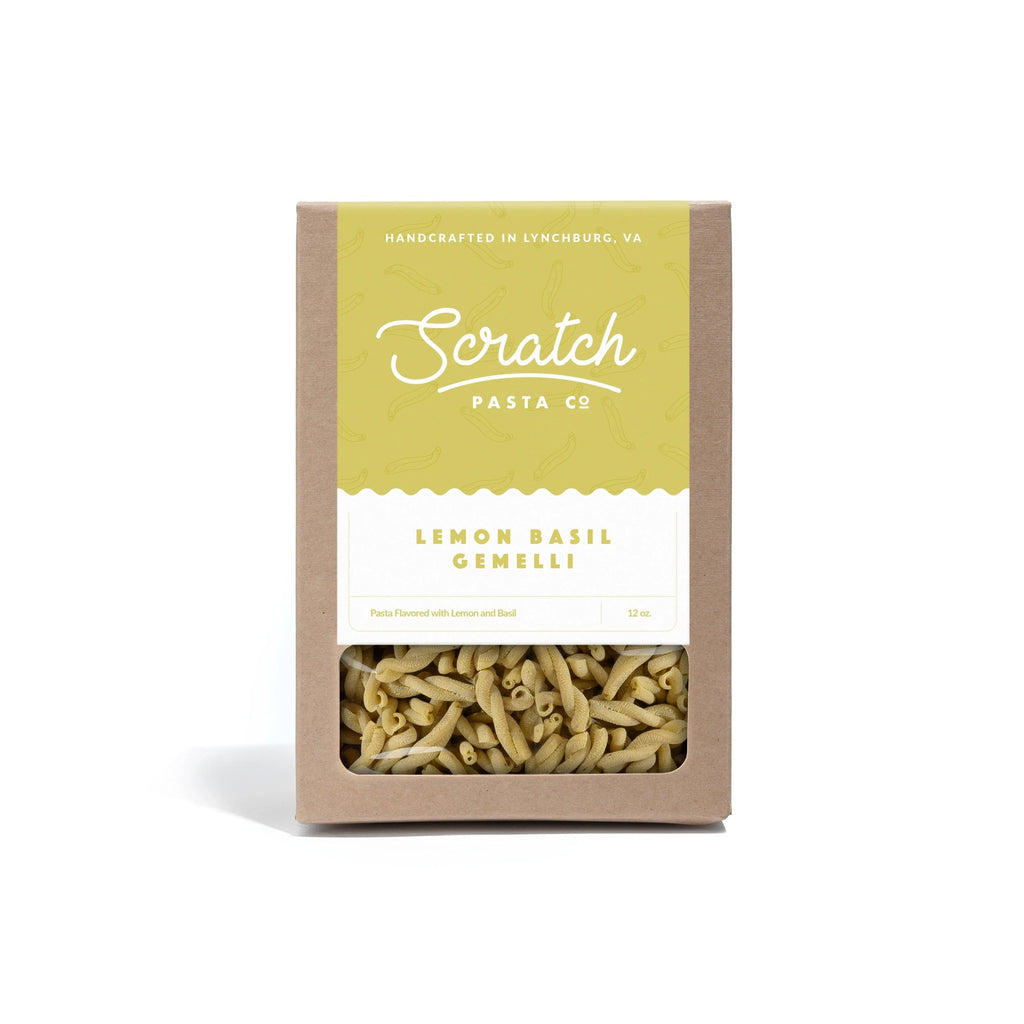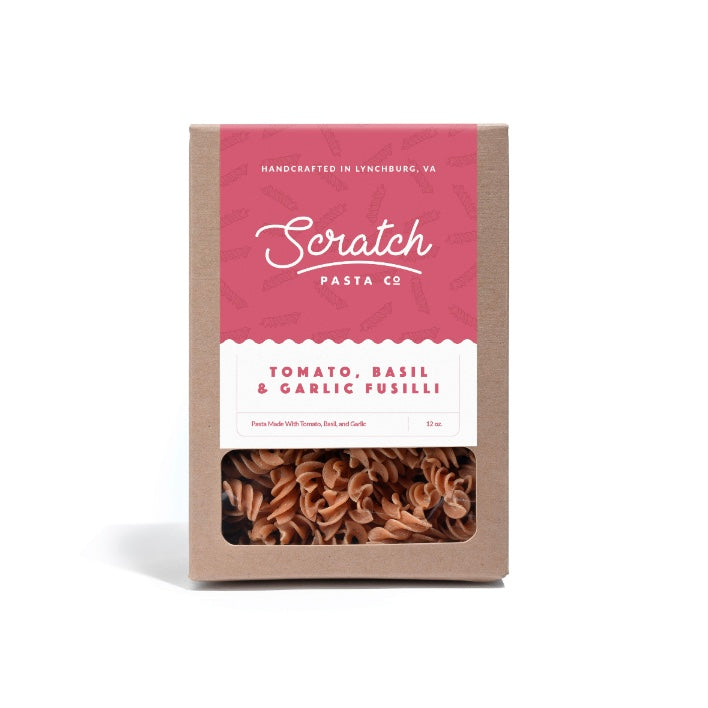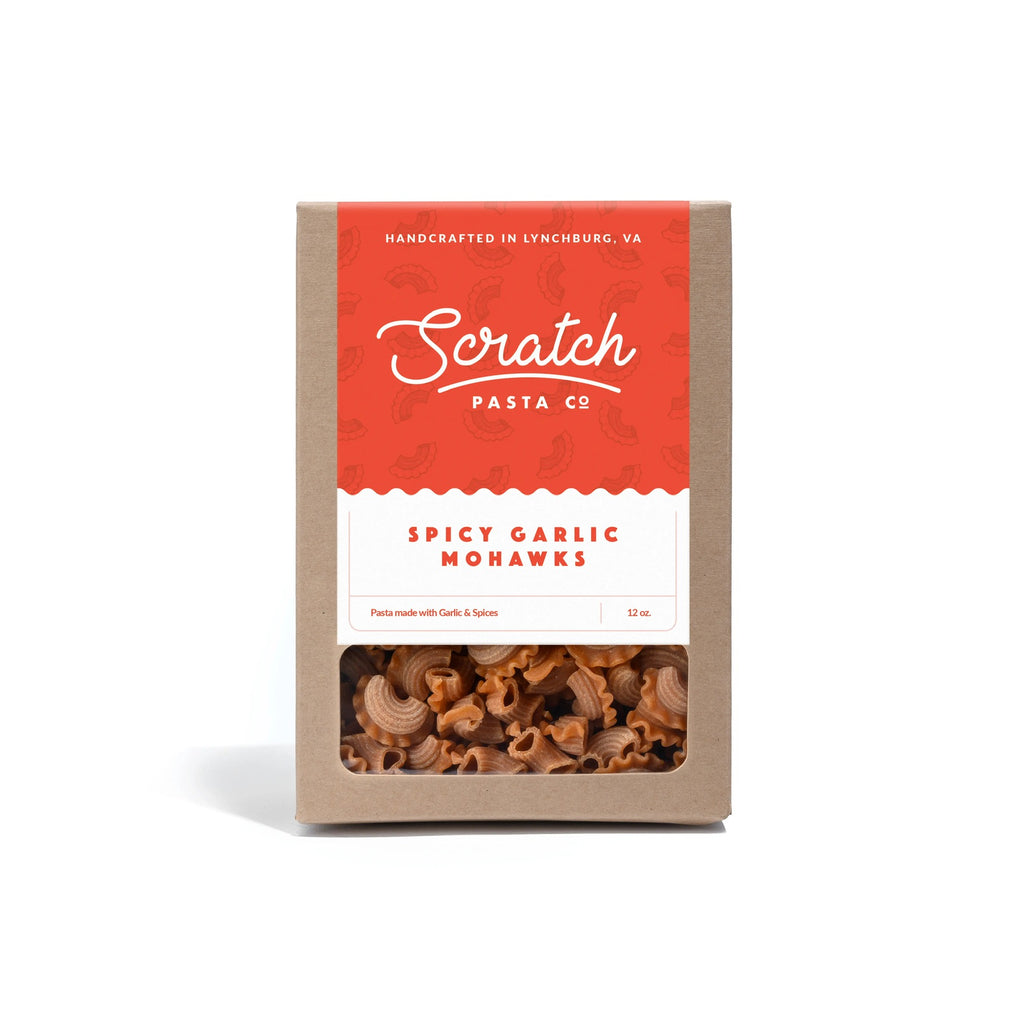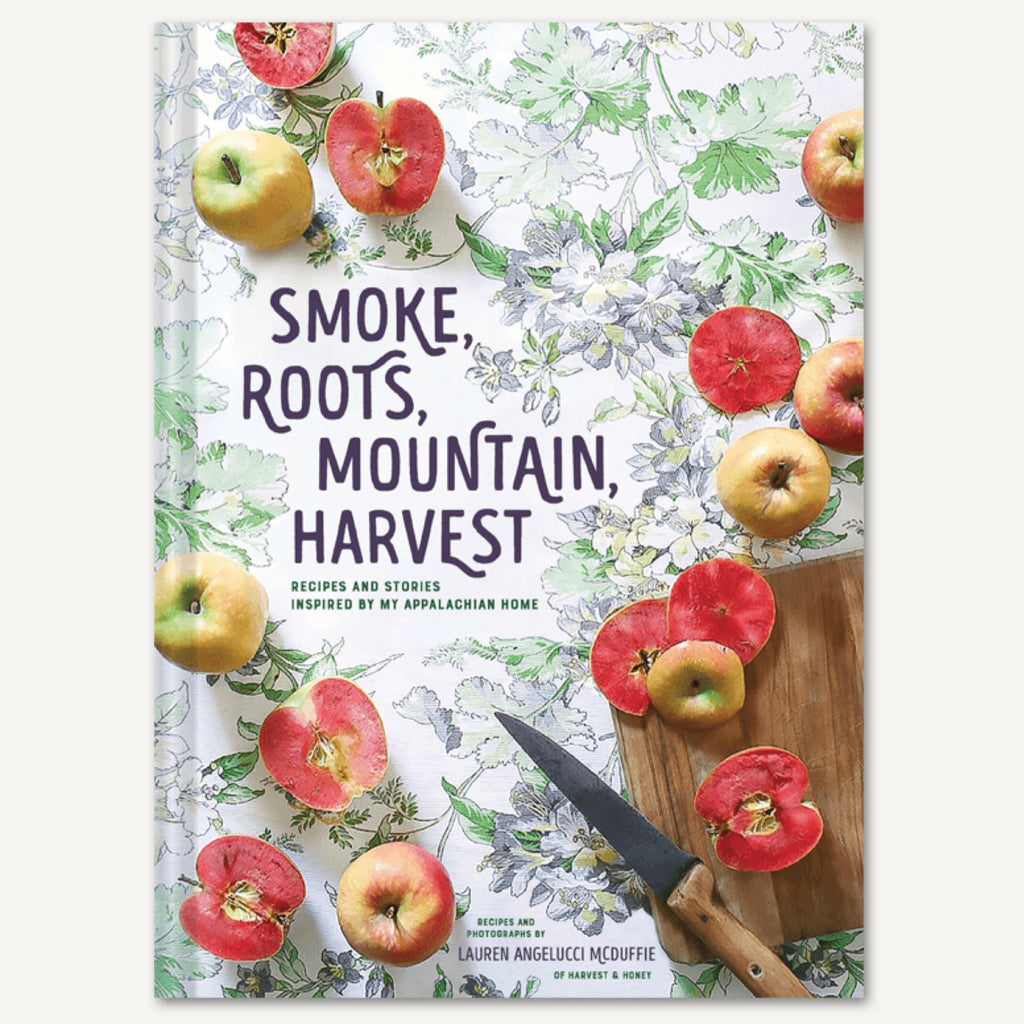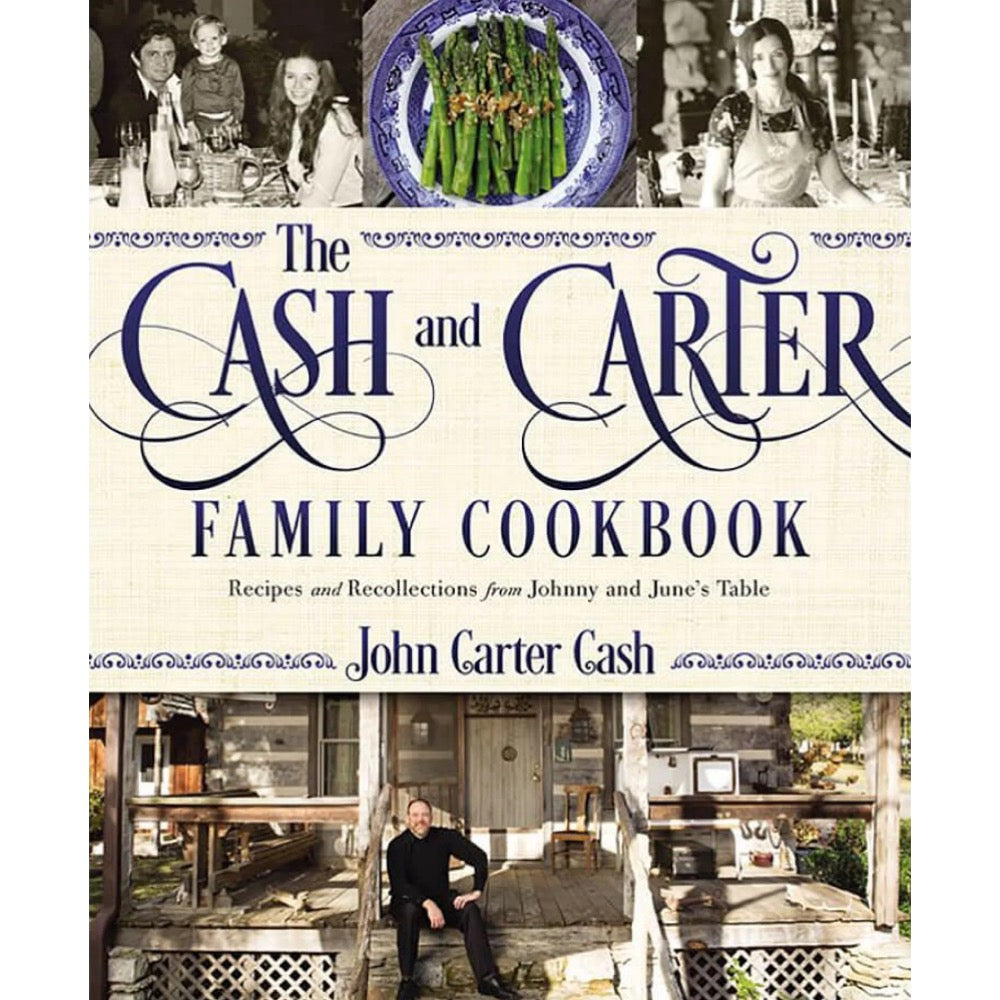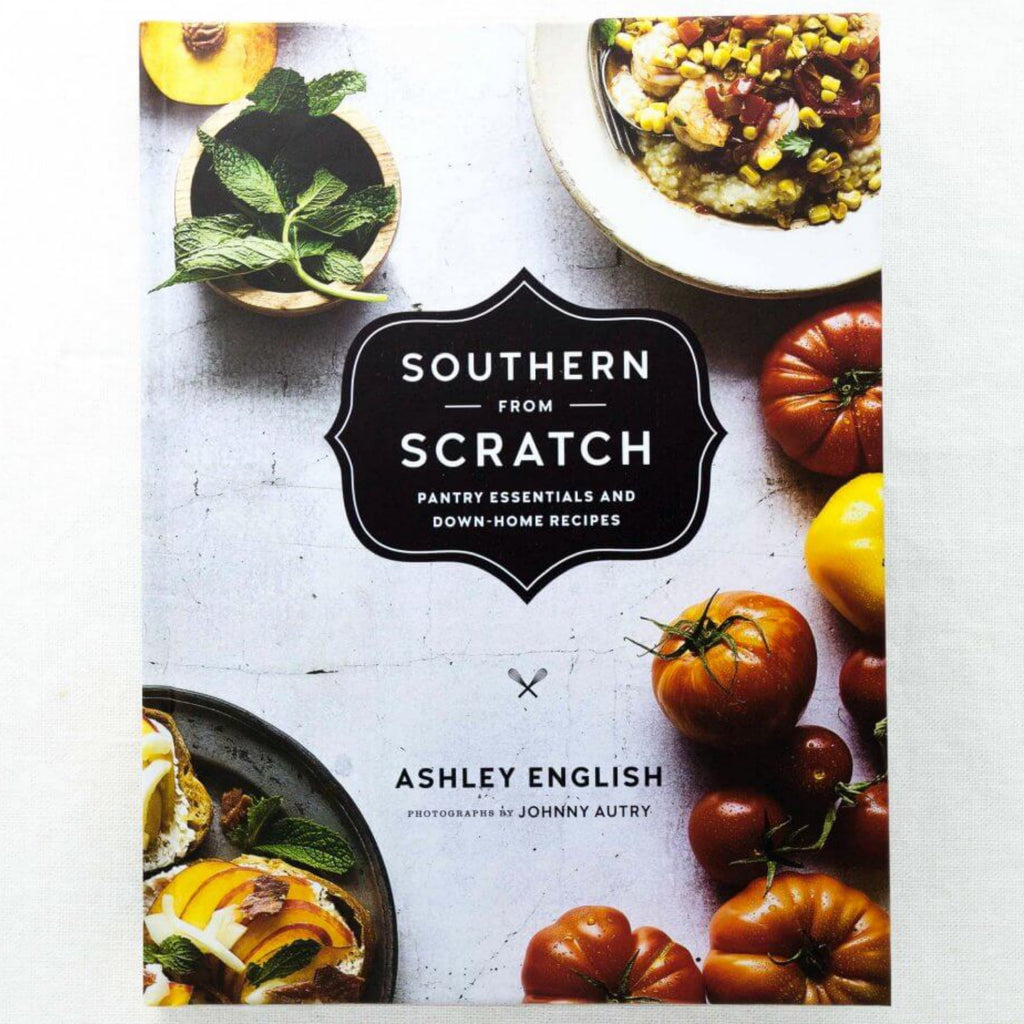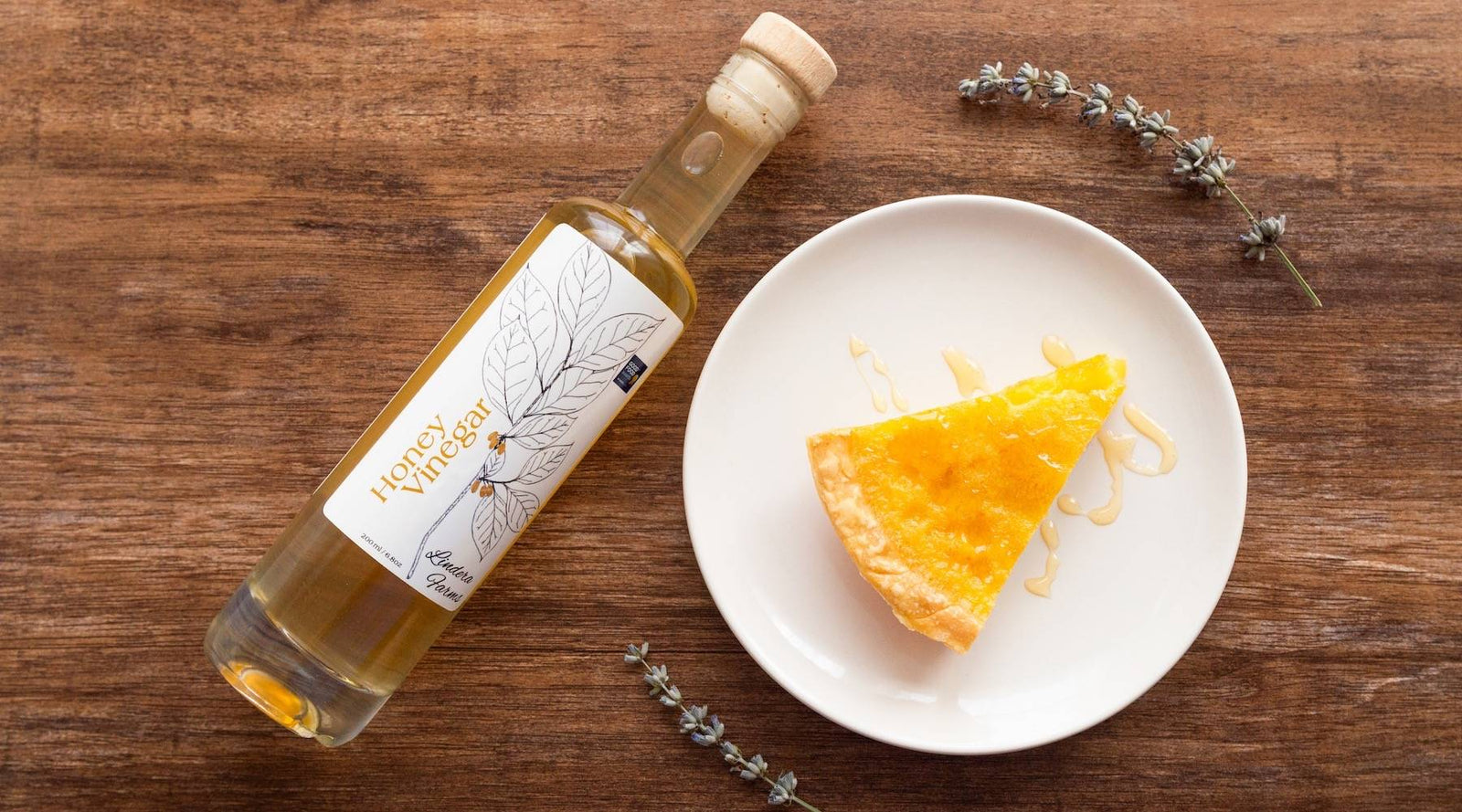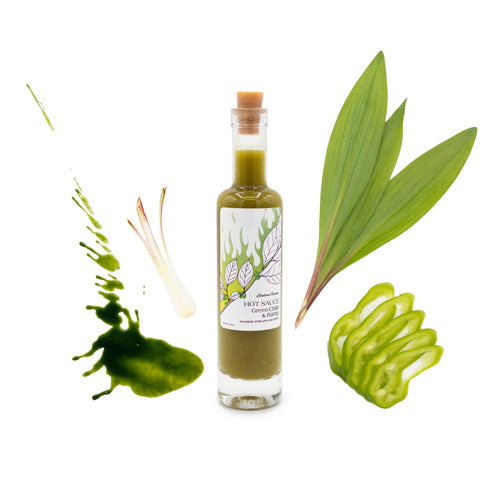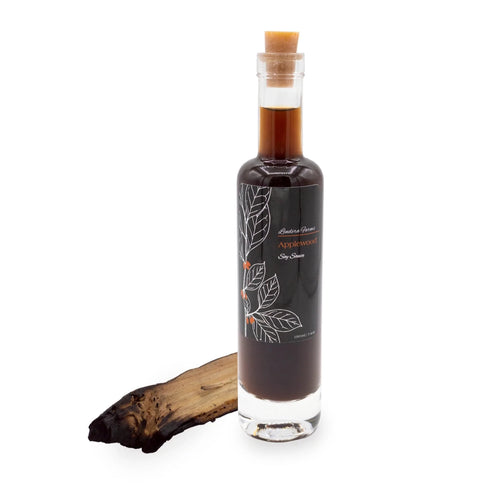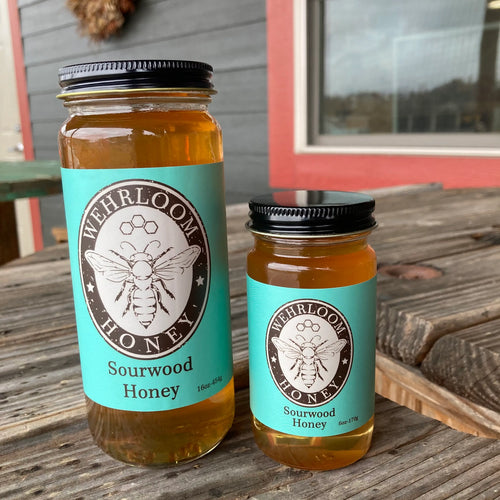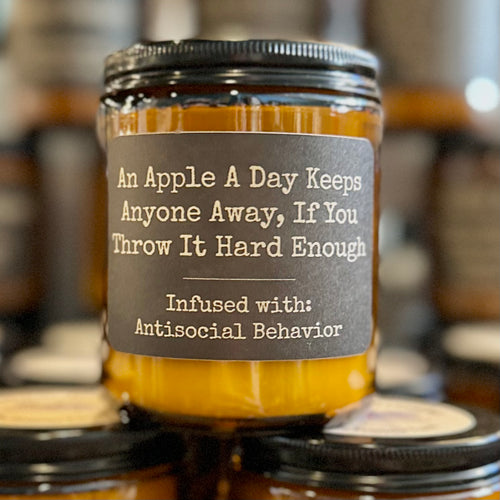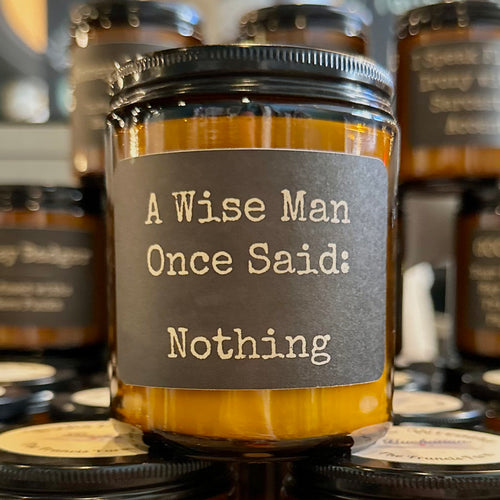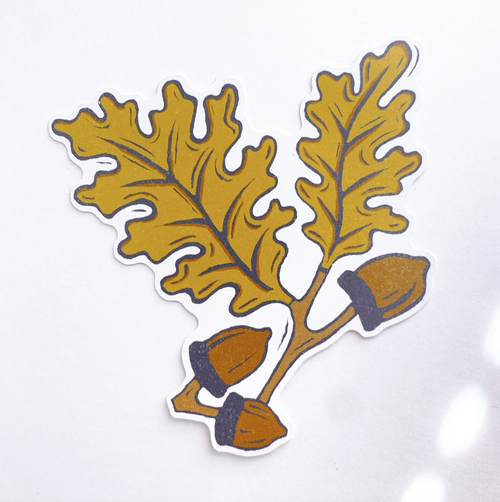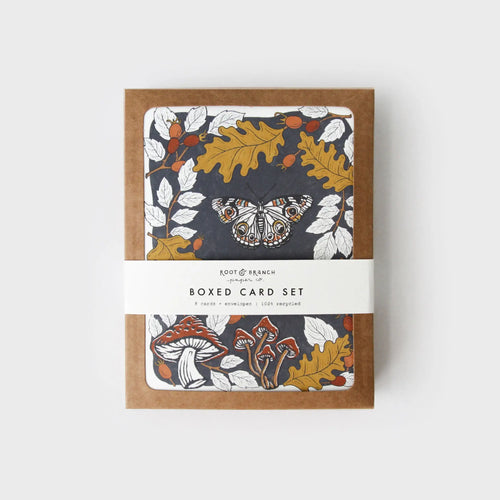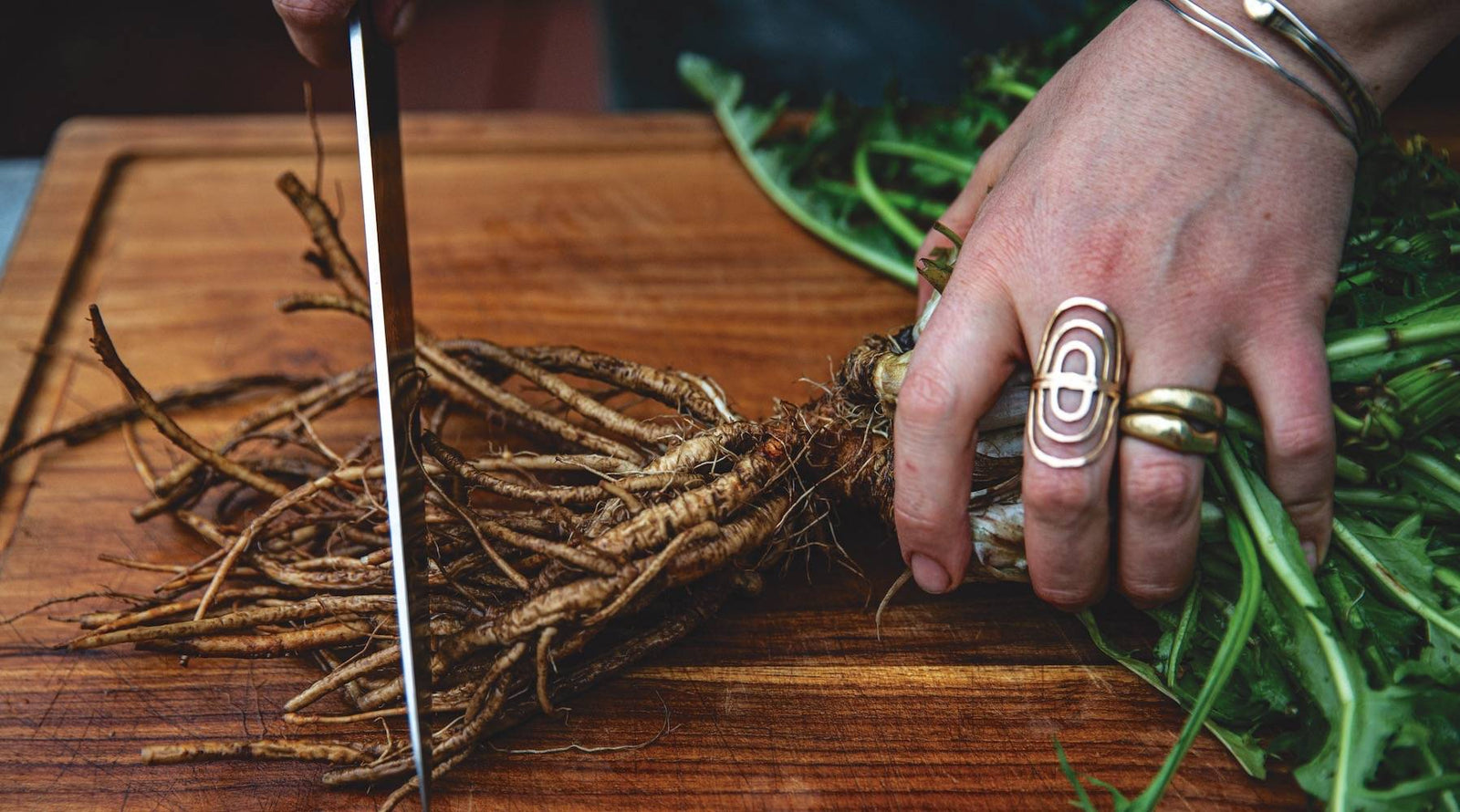
CHOPPING DANDELION ROOT. PHOTO COURTESY OF © JULIET BLANKESPOOR.
From dandelion roots to acorns, these wild edibles will give you serious outdoorsy cred on Thanksgiving day.
This November, you won’t find Juliet Blankespoor in a supermarket aisle mulling over jellied versus whole berry cranberry sauce or the merits of packaged gravy. Instead, she’ll be deep in the woods of Western North Carolina.
As the founder of the Chestnut School of Herbal Medicine, an online institute serving thousands of foraging students from around the globe, Juliet knows a thing or two about whipping up a festive feast using supplies culled from the forest floor. With that in mind, we asked the Asheville resident to recommend some wild edibles you might incorporate into your Turkey Day spread. Below is what she had to say.
But first, a quick and potentially lifesaving disclaimer from Juliet: “Most plants have look-alikes, some of which are poisonous, including the plants in this article. Be sure of your identification before ingesting any plant or mushroom.”
In other words, we can’t help ya’ if you accidentally poison meemaw.
BLACK WALNUT PIE

BLACK WALNUTS. PHOTO COURTESY OF © Juliet Blankespoor.
Sure, store-bought pecan pie is great. But if you really want to spread the holiday cheer, bake a black walnut pie from scratch.
According to Juliet, black walnut trees grow alongside streams and in damp forests. “In early fall, you’ll find these greenish-ebony balls — a tad smaller than a tennis ball — on the ground,” she said.
Since black walnuts contain tannins, you’ll want to wear gloves while collecting them. Otherwise, “you’ll stain your hands the color of sweet tea.”
Once you’ve gathered a mess of ‘em, remove the outermost husk and allow them to dry for two to three weeks. After waiting patiently, grab a hammer and get to cracking. Use them in your favorite pecan pie recipe for a “flair of earthy bitterness reminiscent of brandy.”
FROM THE EARTH
BURDOCK ROOT WITH SWEET POTATOES

BURDOCK ROOT. PHOTO COURTESY OF © JULIET BLANKESPOOR.
Let’s face it: Sweet potato casserole is a dessert masquerading as a side dish. Be that as it may, the casserole’s marshmallows and brown sugar pair perfectly with the rooty goodness of burdock root.
Though burdock may sound foreign or strange, you’ve probably noticed this lush herb crowding your garden. It grows to be about five to nine feet tall and, come fall, releases pokey burrs that cling to pant legs and dog bellies.
Annoyances aside, the root of the burdock plant is mighty tasty — something akin to a carrot or parsnip — and can be prepared like any other root vegetable.
For Thanksgiving, we suggest simmering equal parts burdock root and sweet potato in a pot. Afterward, mash the two with plenty of butter, brown sugar, and cinnamon. Then, top with marshmallows and bake for an earthy twist on sweet potato casserole.
DANDELION ROOT INSTEAD OF COFFEE

HARVESTING WILD DANDELIONS. PHOTO COURTESY OF © JULIET BLANKESPOOR.
Most folks know that dandelion leaves are edible, albeit bitter. But few know that the plant’s roots can be turned into a coffee substitute that has a sweet, subtly floral aftertaste.
To concoct this elixir, head to a stretch of nutrient-rich bottomland in early fall and look for fast-growing dandelion plants. These are the most “tender and delectable,” Juliet said.
Using a trowel or hand rake, carefully loosen the soil around the plant and give it a tug. The taproot will look like a dark brown carrot.
From there, you’ll want to wash the roots thoroughly, cut them into half-inch pieces, dry them on a screen, and then roast them on a baking tray at 325 degrees for about 30 minutes. After letting the roots cool, grind them in a food processor until you achieve a texture similar to coffee grounds.
Next, boil a cup of water, toss in one to two teaspoons of the mixture, and wait for 20 minutes. Strain and serve with a big ol’ slice of black walnut pie (see above).
GET TO COOKING
ACORN BREAD

SHELLING ACORNS. PHOTO COURTESY OF © JULIET BLANKESPOOR.
If you think acorns are just for squirrels, think again. According to Juliet, acorns have long been a staple for indigenous tribes because they contain a fair amount of fat, a pinch of protein, and loads of vitamins A and D.
Now, preparing acorns for your Thanksgiving table is a commitment. First, there’s the bugs. If you don’t harvest the fallen nuts fast enough, they will be devoured by tenacious weevils.
The next challenge is processing your loot. To make these bitter nuts edible, you must dry them, then crack and remove the shells. After that, you should leach out their tannins by soaking the acorns in warm water. When the water turns brown, it’s time to pour it out and replace it. Once the water remains clear, you know your nuts are tannin-free. If you want a roasted flavor, pop your still damp acorns in an oven set at 375 degrees for 15-20 minutes.
Sure, it’s some work, but the pay-off is big — a sweet, delicious, and versatile nut. Whole acorns can be added to stews or soups. Grind your acorns into flour and you can use them in everything from pancakes to dumplings to bread.
If you opt for the latter, we suggest taking your favorite country loaf recipe and swapping half a cup of bread flour with half a cup of acorn flour. The result is a nutty loaf that has a quip of syrupy sweetness. Yum.


